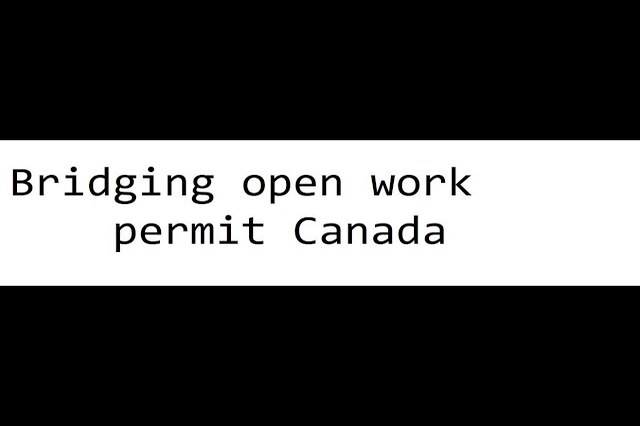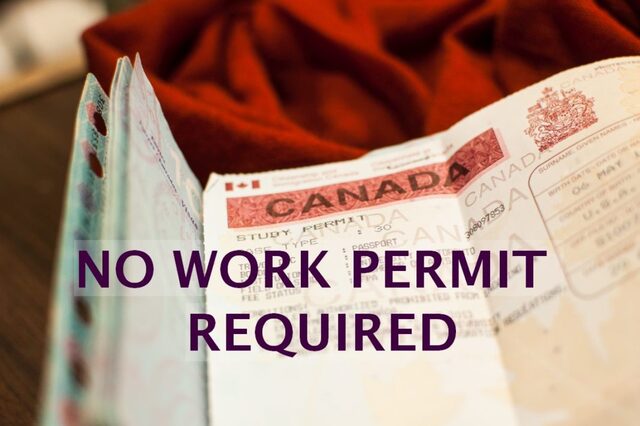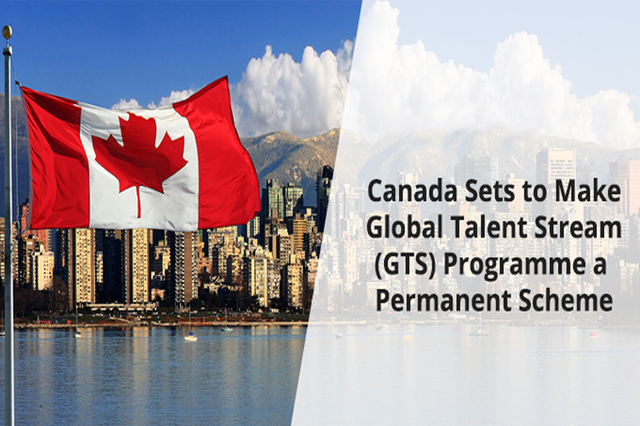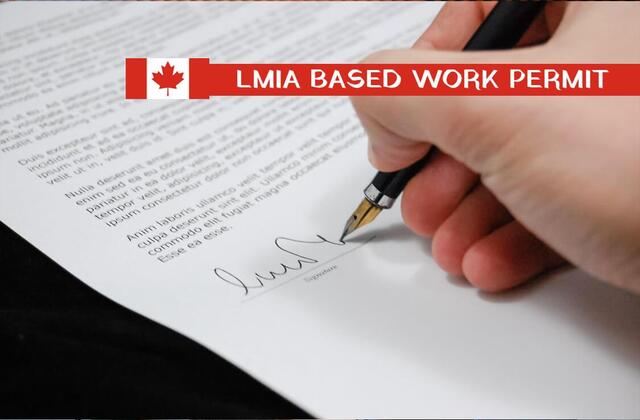Highest-demand occupations: The 10-day service standard for this category is limited to skilled trades positions where the wage offered is at or above the provincial/territorial median wage. These positions are essential to the development of major infrastructure and natural resource extraction projects, and are therefore considered vital to Canadian economic growth.
Highest-paid occupations : The 10-day service standard for this category is limited to employers hiring temporary foreign workers in the highest-paid occupations that offer wages in the top 10 percent of wages earned by Canadians in a given province or territory where the job is located. This wage level indicated that a temporary foreign worker is the highest-skilled in their occupation, and that those skills are difficult to find in the Canadian labour market.
Shortest-duration occupations : The 10-day service standard for this category is limited to employers requesting temporary foreign workers for a short duration, defined as 120 calendar days or less, in any occupation where the wage offered is at or above the provincial or territorial median wage. Positions falling under this category include those related to repairs or manufacturing equipment and warranting work.
After receiving a positive LMIA, the employer should send a copy to their identified foreign worker. The positive LMIA must be included in the worker’s application for a Temporary Work Permit.
A single LMIA can be issued for one or multiple employees. In the case of multiple employees, the LMIA will only be issued to employees who will be filling identical positions as identified by the Canadian National Occupation Classification.
Advertising Requirements :
Employers must advertise all job vacancies across the Canadian job market for at least four weeks before applying for a LMIA. Towards this end, employers are required to prove that they have used at least two other recruitment methods in addition to having posted an advertisement on the Canada Job Bank. Employers must focus advertising efforts on groups of Canadians who are under-represented, such as First Nations or persons with disabilities.
Employers wishing to hire a temporary foreign worker to Canada must pay a processing fee of CAD $1,000 for each request for a Labour Market Impact Assessment.
English and French are the only languages that can be determined as job requirements, both for LMIAs and for job vacancy advertisements, unless the employer can prove that another language is otherwise required for the position.









